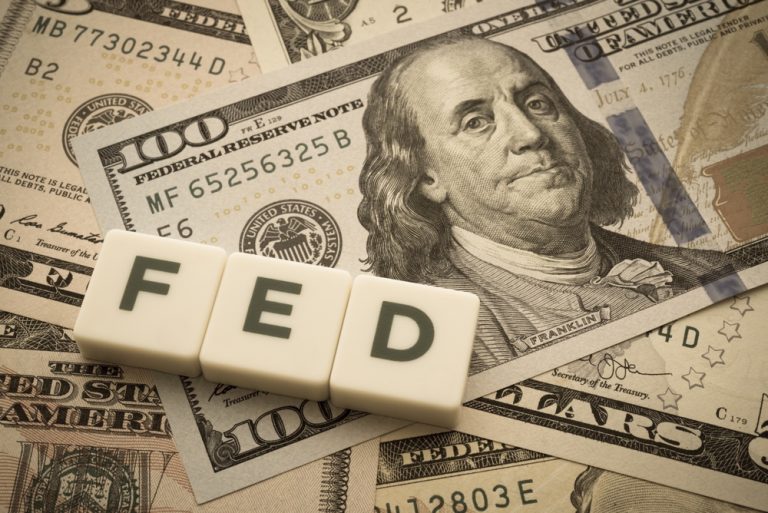At its final policy meeting of the year, the Federal Reserve revised its outlook for 2025, projecting just two quarter-point rate cuts, down from the four cuts anticipated in its September meeting. The central bank’s latest dot plot—a key tool reflecting individual officials’ rate expectations—now indicates a more cautious approach to monetary easing amid persistent inflationary pressures and steady economic growth.
The Fed’s updated projections place the benchmark federal funds rate at 3.9% by the end of 2025, corresponding to a target range of 3.75% to 4%. These adjustments reflect growing concerns about inflation and a more measured outlook for monetary policy normalization.
A Shift Toward Fewer Rate Reductions
While the Fed previously signaled a full percentage point reduction in rates for 2025, the latest dot plot reveals a more restrained approach. Fourteen of the 19 committee members now foresee two or fewer rate cuts, while only five project more significant reductions.
Chair Jerome Powell emphasized caution during his post-meeting remarks, highlighting that “policy stance remains flexible and will be informed by incoming economic data.”
Assuming quarter-point increments, Fed officials also project two additional rate cuts in 2026 and one more in 2027, with the long-term neutral rate now seen at 3%. This represents a slight upward revision from September’s estimate of 2.9%, signaling a gradual drift in expectations for the neutral rate as economic conditions evolve.
Inflation Expectations Tick Higher
Projections for inflation were adjusted upward, with the Fed’s preferred measure now forecasting headline inflation at 2.4% and core inflation at 2.8% in 2025, up from previous estimates of 2.3% and 2.6%. These revised expectations underscore the challenges of bringing inflation back to the central bank’s 2% target.
Powell noted that while inflation has shown signs of easing, it remains elevated in key sectors, warranting continued vigilance in monetary policy decisions.
Economic Growth and Labor Market Outlook
The Fed also revised its full-year GDP growth projection for 2024, raising it to 2.5%, an increase of half a percentage point from September’s forecast. However, growth is expected to slow in subsequent years, aligning with the economy’s long-term potential rate of 1.8%.
Meanwhile, the unemployment rate forecast was lowered to 4.2%, down from 4.4% in September, reflecting a tighter-than-expected labor market.
What This Means for Monetary Policy
The Fed’s latest projections suggest a cautious approach to rate cuts, balancing the need to support economic growth with concerns about persistent inflation. While the central bank reduced its policy rate to a target range of 4.25%-4.5% at this meeting, future cuts will depend on economic data, inflation trends, and external factors.
The revised outlook also signals that the Fed sees less urgency to return to an accommodative stance, reflecting its confidence in the U.S. economy’s resilience and its commitment to ensuring inflation is firmly under control.
Looking Ahead
As the Fed navigates this challenging economic landscape, its cautious stance underscores the complexity of balancing growth, inflation, and labor market dynamics. With fewer rate cuts anticipated, businesses and consumers may need to adjust their expectations for borrowing costs in the coming years.


